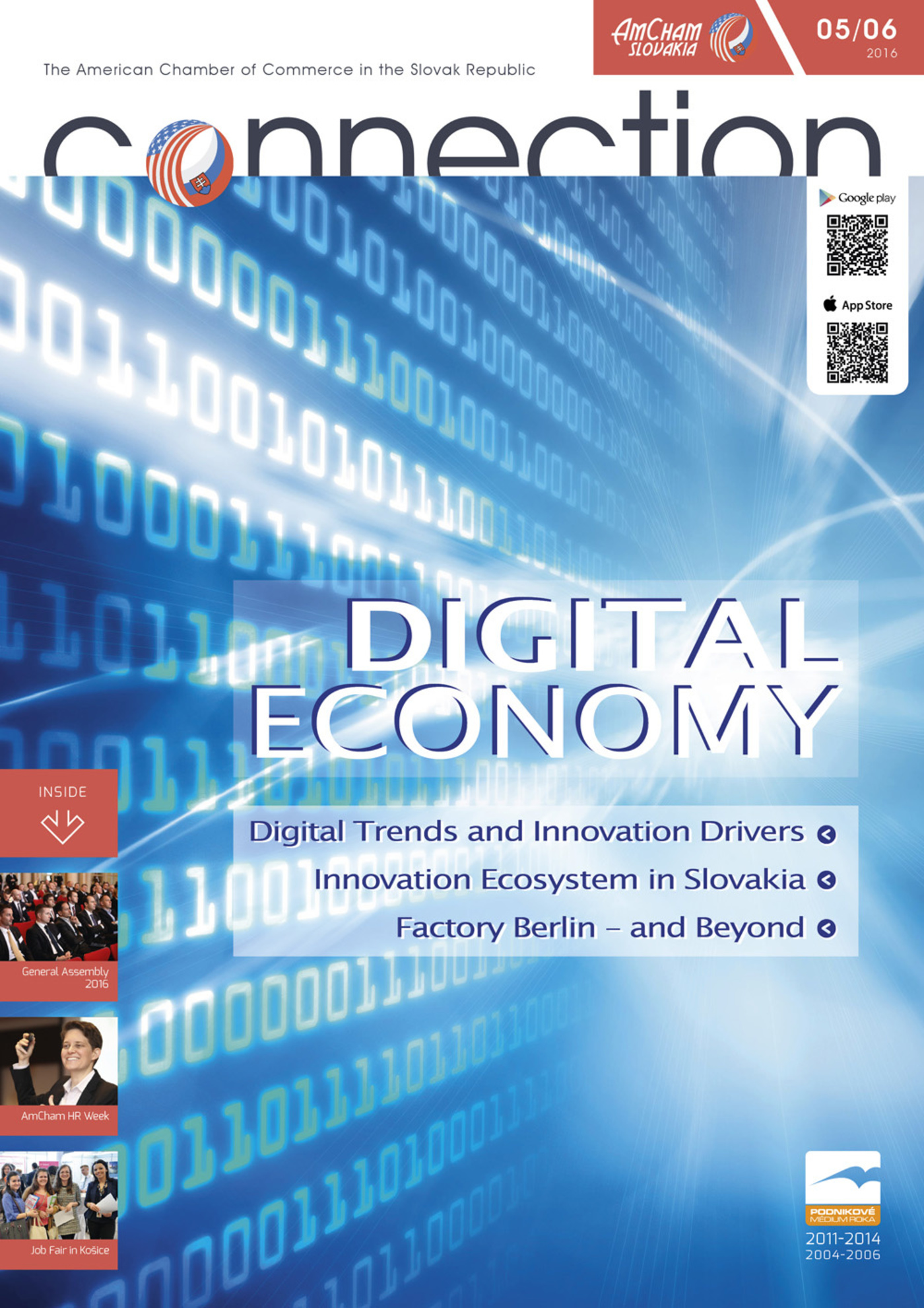In general, technology can simplify the recruitment and selection process, streamline HR workflow, provide employees greater flexibility and accessibility and improve communication in the business place. Many companies use HR Management System (HRMS) applications which normally include the following:
- automated payroll module which automates the pay process by gathering the inputs, calculating the pay and various deductions, preparing reports, generating payslips, etc.
- time and attendance module which collates time records and feeds them into the system,
- HR management module which monitors HR aspects as regards recruitment, placement, trainings, evaluation and development,
- benefits administration module which keeps track of employee benefits such as insurance, vacations, passes, and retirement,
- online recruiting which facilitates the recruitment and selection of the employees,
- training module employee which helps track employee training and development,
- analytics module which lets us perform various calculations, comparisons and trend analyses,
- self-service module which allows employees to view their records (e.g. electronic payslips) and perform HR transactions using the system (e.g. address update).
Thanks to these modules, the employer can speed up the recruitment process, monitor employee training, track the working hours, calculate salaries and wages, and analyse statistical data. In addition, employees have direct online access to their data, and can check their working hours or make minor updates to the system.
It is obvious that a well-developed HR management system has numerous advantages. One of the most important benefits is the ability of the software to improve the productivity of the HR employees. For example, many hours can be saved in the recruitment process by simplifying the efforts associated with collecting resumes and reviewing candidate information, or by payroll processing tasks. These tasks require many hours of manpower each week, but the time and effort required to complete them can be drastically reduced if the tasks are automated via an HRMS system.
In addition to increasing employee productivity, HR can greatly reduce its paper consumption as HR produces dozens of papers for every employee such as applications, resumes, insurance, employment and benefits forms, evaluation forms, etc. Decreasing the volume of paper also means reducing the time the HR administrators spend filing and eliminates storage costs. It is much easier to manage information electronically and create automated workflow processes to automatically route, track and manage employee information. However, in certain cases, signed forms must be stored to remain in compliance with the law (e.g. a tax statement, child bonus form and non-deductible amount) and therefore the HRMS cannot be completely paperless.
In addition to the increased productivity and reduction of paper, HRMS systems help to decrease errors. Many HR tasks are highly regulated. As a result, even a slight error on the part of a human resources employee can potentially result in considerable legal issues and financial loss for a company. For example, if an employer does not count the total number of hours an employee works on an agreement per year (“Dohoda o vykonaní práce”), the total can easily exceed the legal maximum of 350 hours.
Kelly Jackson, a HR director confirms a substantial time saving can be made and errors reduced just by using a simple intranet-based tool for employees to make the annual benefit selections. “Going electronic with this process saved us more than 50 hours annually by eliminating the production, collection and tabulation of paper benefit enrolment forms from multiple offices. The electronic entry system also reduced errors by 92 percent, resulting in additional time saved.”
There are many types of HRMS systems that can be purchased and implemented. Each offers different features and functions. The alternative to this is to build the HR management system in-house, but this is often too costly, especially for SMEs.
Companies should carefully review the various options to find the right system for their needs. Yet another option is to outsource HR and payroll to business process outsourcing (BPO) companies. Working with an outsourcer can give the companies access to the new technology under the SaaS – software as a service – model. SaaS providers generally price applications for a subscription fee, most commonly a monthly fee or an annual fee so the initial setup cost for SaaS is lower than the equivalent enterprise software. Instead of dealing with these difficult issues on their own, the companies use the know-how and infrastructure of the provider and can concentrate on their core activity.
Alena Lipovská, Head of Payroll, Baker Tilly Slovakia



Follow us